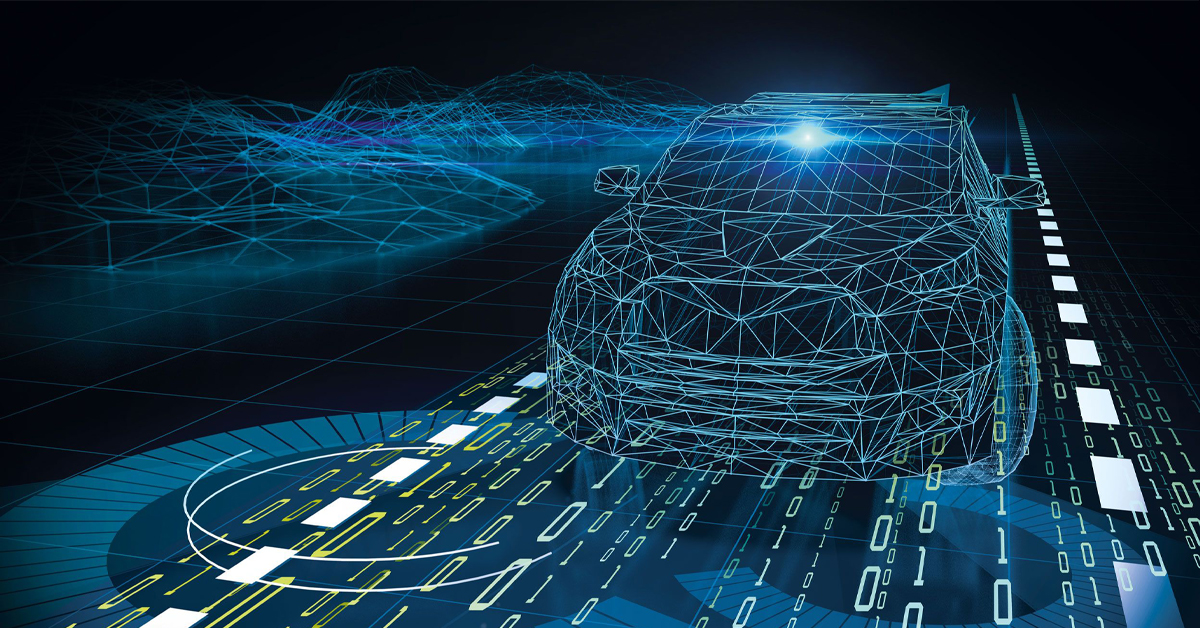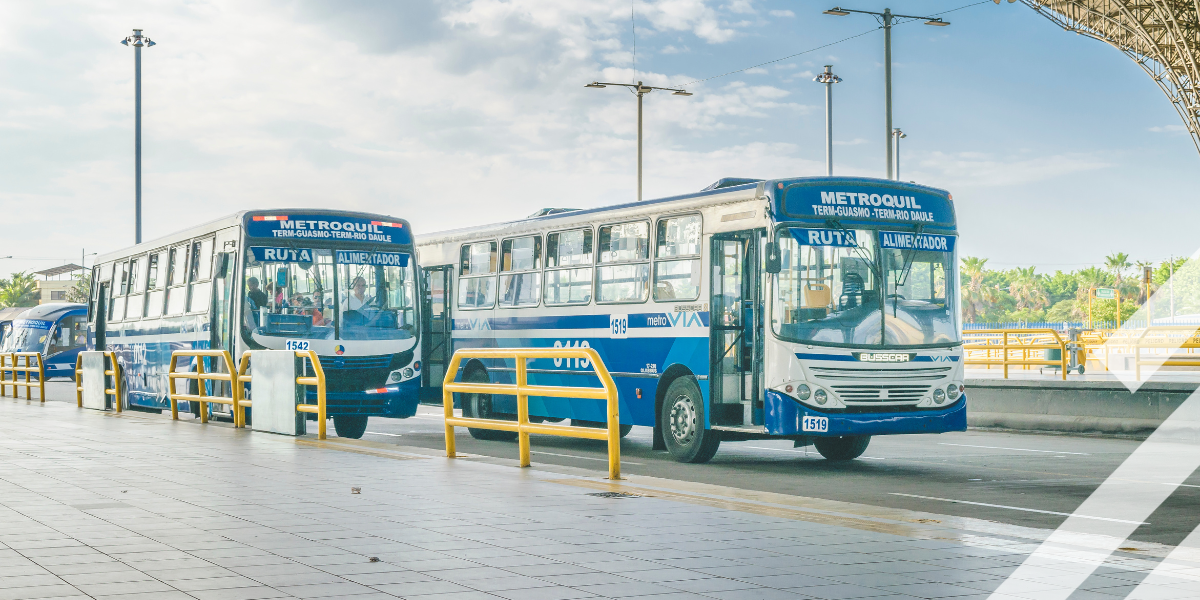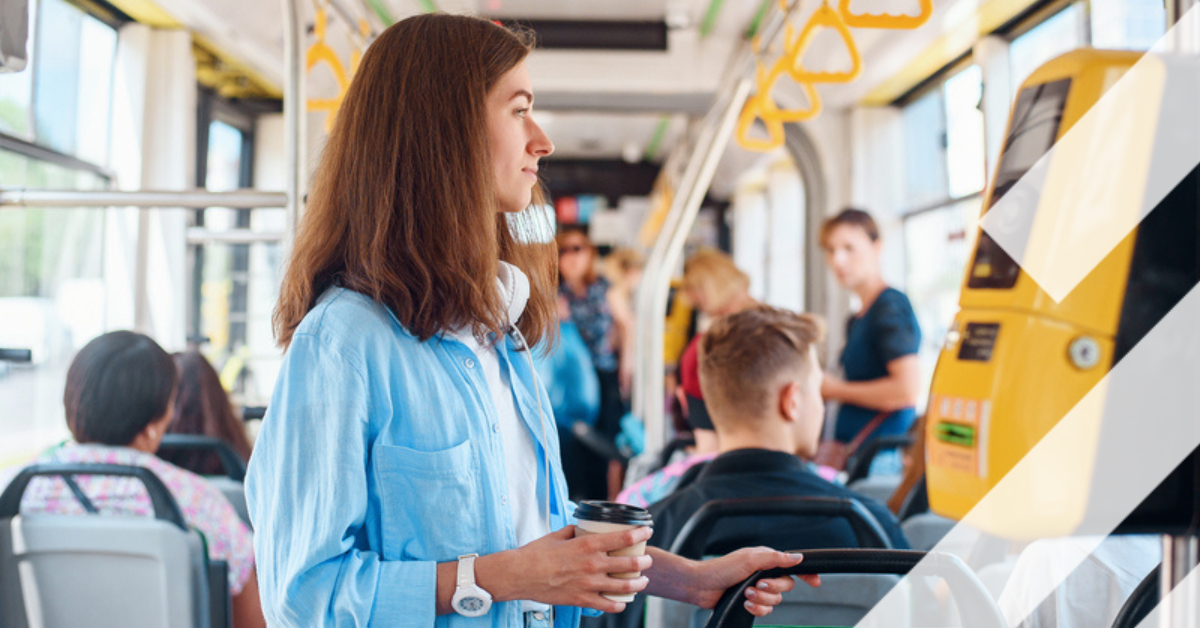INSIDE STORY: Frictionless MaaS – how was it done?

Earlier this year the Italian city of Genoa hit the headlines thanks to the deployment of a Mobility as a Service (MaaS) network that was not only ticketless, but didn’t even require users to take their phones out of their pockets. But how was it done? Intertraffic World’s Paige Smith talks exclusively to the experts involved, and uncovers the challenges they faced and solutions that were deployed.
In July 2022, in a move to revolutionize how people travel in towns and cities, Hitachi Rail digitally connected public and private hire transport across the entire city of Genoa, Italy. This world-first trail was achieved using technology from Hitachi’s new smart mobility suite called Lumada Intelligent Mobility Management.
Loading component...
The Bluetooth sensors allow for the creation of a ‘digital twin’ of the region’s transport and passengers’ end-to-end multimodal journeys. This real-time electronic map of how the city is moving will allow operators to optimise services, timetables and create a system that better accommodates the changing needs of passengers.
In the launch programme Hitachi connected 663 buses, 2,500 bus stops, the metro line, two funiculars, one historic hillside railway, 10 public lifts and two suburban bus routes that span 50km. Users also have the ability to hire an electric car using the app, pay for parking or find an e-moped. The trail wasn’t without its hurdles though.
Deployment and development
“The project was definitely challenging,” says Alessandro de Grazia, group head of smart ticketing at Hitachi Rail.
“We needed to take into account the geography of the city. We had to install 7,000 sensors, that’s one at each and every transport stop [batteries in the sensors should last around five years]. We had to really do some engineering for the installation plan. But sometimes a plan versus the reality can be another story.”
One of the difficulties the team faced was fitting sensors in certain places, including public lifts. “We couldn’t just put the white sensor in there because of the historical importance of the public lift,” says de Grazia. The solution was to wrap the sensor in a dark colour wrap and hide it somewhere, such as behind a seat. “In terms of the physical installation, it was complicated,” he says.







